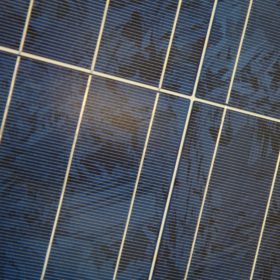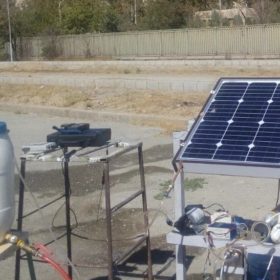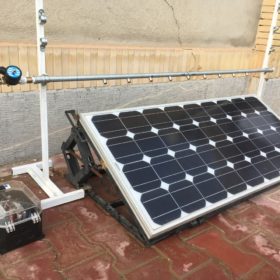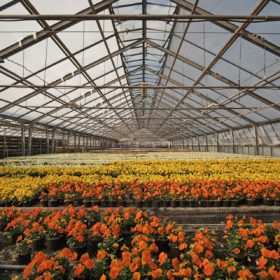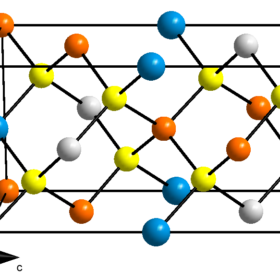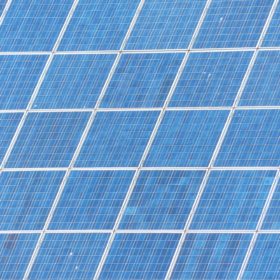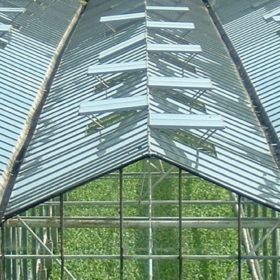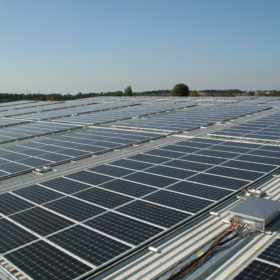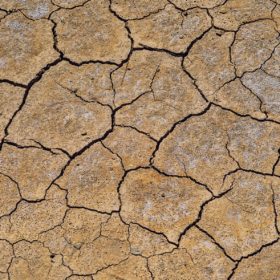Cooling solar panels with thermoelectric modules
The cooling system was made with an aluminum heat sink and a thermoelectric module. The solar panel is cooled exclusively by the thermoelectric device, which is, in turn, cooled down by the heat sink via free convection. According to the scientists that developed the technique, it was able to reduce panel operating temperature by about 10 degrees Celsius.
Stand-alone brackish water desalination system powered by photovoltaic-thermal unit
The BWRO unit, which has a treated water production capacity of around 11.80 L/h, was built with a pre-filtration module, a high-pressure DC pump, an RO module, and a post-treatment module. The PVT system was designed to meet the energy requirement of a high-pressure DC pump and a diaphragm-type circulation pump utilized to circulate soft water beneath the PV module for the active cooling of the panel itself.
Pulsating spray cooling system for PV modules
Iranian scientists have assessed a new active approach for solar module cooling based on water spraying. Water sprayed from different angles can reduce the operating temperature of PV modules, with limited water consumption. However, the team noted that they have yet to assess the economic viability of the system.
Adaptive solar shade system means horticulturalists can smell the roses
Researchers have modeled the effects of various PV module arrangements on a greenhouse used for rose growing in Iran’s Shiraz region. The team determined a ‘sweet spot’ where modules produced the most energy and provided optimal growth conditions for the crop.
Defect analysis promises kesterite solar cells with 18.47% efficiency
An international research group has found that the presence of a few lattice defects in a kesterite PV cell material can actually improve efficiency, rather than lowering it. The group believes that kesterite PV cells could see mass production within the next decade.
Daily news round-up: UK reveals details of next renewables auction, Iran’s first floating PV and more hydrogen
Taiwanese cell manufacturer Inventec Solar reportedly halted production this month and Ireland is preparing to remove rooftop solar panel restrictions, according to the Irish Independent.
Photovoltaic blinds to improve greenhouse energy performance
A Swedish-Iranian research team modeled 14 photovoltaic blind configurations in checkerboard arrays 1m above a greenhouse roof emulated with EnergyPlus building energy simulation software. The group found a PV installation would reduce natural gas consumption, electricity demand and carbon emissions.
A new strategy to mitigate voltage spikes in small solar systems
The approach combines virtual impedance and a modified pulse-width modulation strategy to suppress fault currents in grid-connected PV systems.
What to expect for solar from the US-Iran crisis?
Three days after the drone attack ordered by the U.S. which killed Iranian power broker Qassem Suleimani, energy forecasting service AleaSoft said the price of Brent was rising again today. The potential shake out of rising oil costs for the solar industry is difficult to predict.
PV to address water scarcity
The government of the Philippines will spend $500 million on solar-powered water supply and desalination in remote areas of Mindanao, the second-largest island in the archipelago. Elsewhere, a Finnish study has suggested drought-hit Iran could benefit from renewable-powered desalination.
